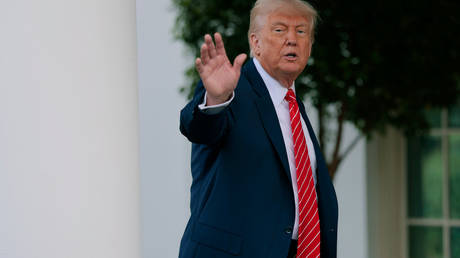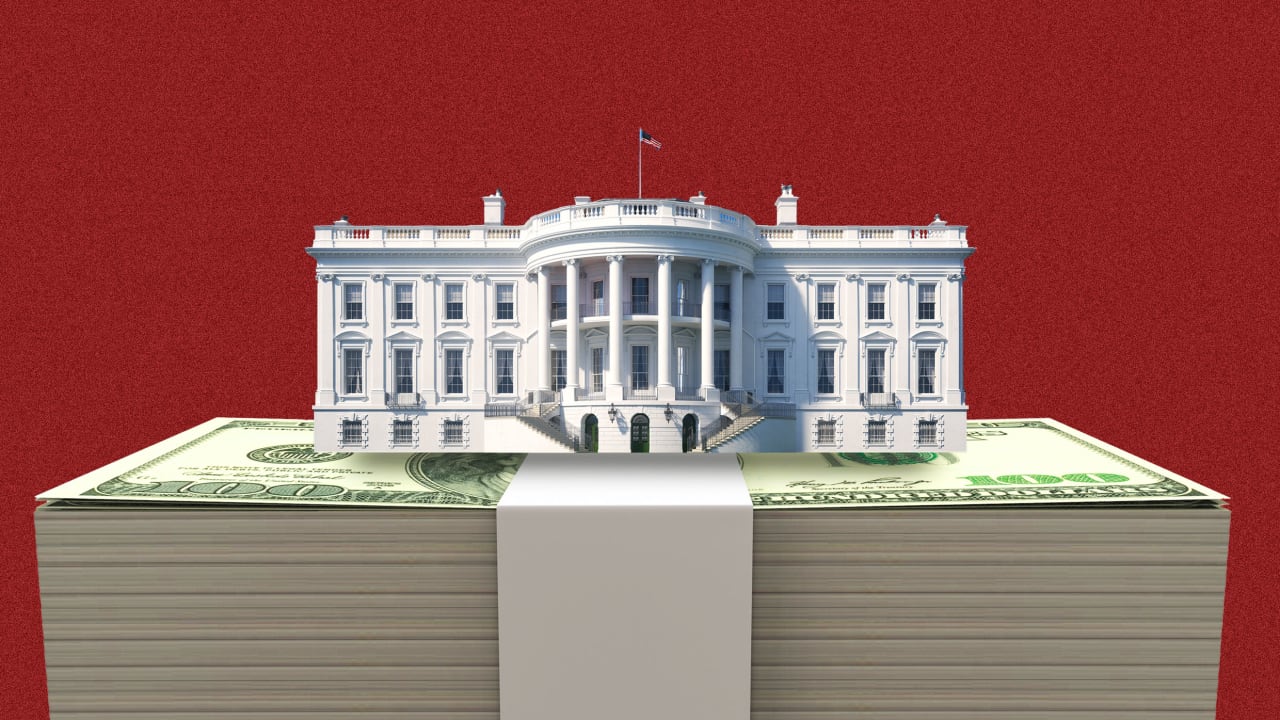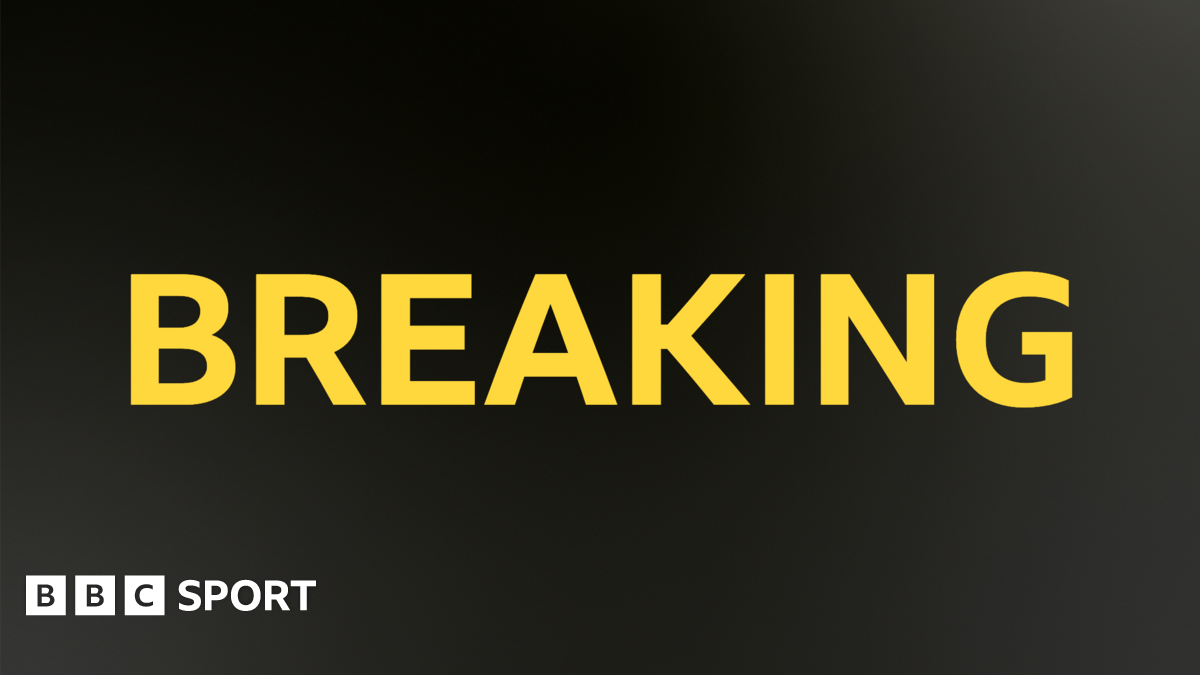Essential Business Card Facts for Successful Networking and Branding

Key Takeaways

- Tangible Networking Tool: Business cards provide a physical representation of your brand, making them essential for networking and leaving lasting impressions.
- Historical Significance: Understanding the evolution of business cards highlights the importance of professionalism, credibility, and effective design in today’s competitive marketplace.
- Effective Design Elements: Key components such as visual hierarchy, typography, color, and white space are crucial for creating impactful business cards that enhance brand visibility.
- Digital vs. Traditional: Both formats have distinct advantages; digital cards are cost-effective and interactive, while traditional cards facilitate personal connections during face-to-face networking.
- Strategic Marketing Resource: Incorporating strategic elements like social media links and a clear call to action in your business card design can improve customer engagement and support your marketing efforts.
- Avoid Common Mistakes: Steer clear of cluttered layouts, inconsistent fonts, and poor color choices to maintain professionalism and ensure your business card effectively communicates your brand message.
In a world dominated by digital communication, business cards still hold a powerful place in networking. These small pieces of cardstock pack a punch, offering a tangible way to make lasting impressions. Whether you’re at a conference or a casual meeting, your business card can be the key to unlocking new opportunities.
But how much do you really know about business cards? From their historical roots to modern design trends, these cards have evolved significantly over time. Understanding the essential facts about business cards can help you leverage their potential and enhance your professional image. Dive into the fascinating world of business card facts and discover how to make yours stand out in a crowded marketplace.
Overview of Business Card Facts

Business cards retain significant importance in the realm of small business. They serve as a tangible representation of your brand and provide essential contact information. Effective design and usage enhance networking opportunities, making business cards an indispensable tool for marketing strategy and customer acquisition.
Business cards have evolved over time, beginning as simple cards for identity verification. Today, they play a crucial role in showcasing your business model and brand identity. High-quality cards reflect professionalism, reinforcing your commitment to customer service and operational efficiency.
When creating a business card, focus on essential design elements like layout, color, and typography. Research indicates that well-designed cards can improve retention rates significantly, ensuring that potential clients remember your business amidst a competitive landscape.
Make your business card a multifaceted resource. Include elements that highlight your business goals, such as a tagline or social media links. This approach can enhance customer engagement and improve your overall marketing campaigns.
Cards for small business should reflect your unique value proposition. Use them to foster connections, display quality control, and denote professionalism. Guarantees in design and usability of business cards can enhance employee management and strengthen team management efforts, supporting your business expansion strategies.
In the ever-evolving business environment, adapting your cards to align with technological solutions can further streamline processes. Digital business cards, for instance, integrate seamlessly with software tools for easy sharing, allowing for greater collaboration and communication skills development.
Utilize business cards as a gateway to future interactions. Strong information presentation and a clear call to action can drive meaningful conversations, supporting your business development and risk management initiatives. With the right strategy in place, business cards become more than just a contact point; they represent your commitment to growth and productivity.
Historical Significance of Business Cards

Business cards hold significant value in the world of small businesses, acting as a tangible connection point in a competitive landscape. Understanding their history enhances your ability to design a card that resonates with your target market.
Origins of Business Cards
The earliest known business cards emerged in 15th century China, recognized as “visiting cards” or “Meishi.” These cards served the aristocracy for requesting meetings and affirming credentials before entering exclusive venues. For small business owners today, this historical context highlights the importance of professionalism and credibility, essential elements in cultivating trust with potential clients and partners.
Evolution Through the Years
By the 17th century, visiting cards spread to Europe, gaining popularity among the elite as status symbols. These cards, often engraved and embellished with gold elements, reflected social standing and facilitated networking among high society. As trade cards developed during this era, they helped businesses navigate cities lacking standardized addresses. For you, understanding this evolution emphasizes the necessity of a well-designed card in establishing your brand’s identity. Incorporating key elements like company logos and essential contact details boosts marketing strategies and customer retention efforts.
Importance of Business Cards in Networking

Business cards play a vital role in networking within small business environments. They help you establish a tangible connection with potential clients, partners, and collaborators, reinforcing your brand identity in a competitive marketplace.
First Impressions Matter
First impressions significantly impact your professional interactions. An eye-catching business card conveys professionalism and attention to detail. In fact, 57% of business owners view traditional business cards as crucial for marketing, achieving a conversion rate of 12%, which surpasses the average website conversion rate of 2.35%. This underscores that a well-designed card can aid in making memorable first impressions that encourage further engagement.
Building Professional Relationships
Building strong professional relationships is essential for business growth. Business cards facilitate this by providing a convenient means to exchange contact information. With a memorable card in hand, you initiate meaningful conversations, leading to potential collaborations and business partnerships. Effective networking, enhanced by business cards, directly impacts customer retention and expands your professional network.
Emphasizing the importance of business cards in your marketing strategy is crucial for enhancing your brand’s visibility. By combining design with strategic use, you reinforce your business goals and foster lasting connections that drive success.
Design Elements of Effective Business Cards

Effective business cards incorporate several crucial design elements that enhance their impact and convey your brand effectively.
Visual Hierarchy
Establish a clear visual hierarchy on your card. Organize information so essential details stand out first. Prioritize your name, job title, and company name, positioning them prominently. This layout strategy guides potential clients through your card seamlessly and supports your brand visibility.
Font and Typography
Select fonts that enhance readability. Opt for clear, easy-to-read typographies—avoid complex or decorative fonts. Limit your choice to 2-3 different fonts or weights. Consistent typography strengthens brand identity and aids in professional presentation, crucial for small businesses aiming to build credibility.
Color and Branding
Choose colors that reflect your brand’s personality. Ensure color selection complements overall design and maintains readability. Avoid dark text on dark backgrounds to prevent misinterpretation. A well-thought-out color palette communicates professionalism and helps in cementing brand recognition among customers.
White Space and Clarity
Utilize white space to create a clean layout. Effective white space prevents clutter and enhances visual appeal. A clear design fosters understanding and retention of information, crucial for successful customer acquisition. Focus on maintaining clarity to ensure vital details are easily identifiable, contributing to a positive first impression.
Key Features to Include
Include mandatory features that support your marketing strategy:
- Name: Clearly display your name for easy recognition.
- Job Title: Include your role to establish authority.
- Company Name: Feature your brand prominently to enhance visibility.
- Contact Information: List phone numbers, emails, and website addresses for direct communication.
- Social Media Links: Add links to your professional social profiles to facilitate easier engagement.
Common Design Mistakes to Avoid
Avoid these common design pitfalls that can detract from your business card’s effectiveness:
- Overcrowded Layout: Eliminate unnecessary information to prevent clutter.
- Inconsistent Fonts: Maintain font consistency throughout for a cohesive look.
- Poor Color Choices: Steer clear of colors that undermine readability or clash with your brand.
- Lack of White Space: Do not ignore the importance of breathing room around your content.
- Neglecting Quality: Avoid low-quality printing; investing in quality prints reflects commitment to professionalism.
By focusing on these design elements and common mistakes, you elevate your business card’s effectiveness, ensuring it serves as a valuable tool in your small business’s marketing arsenal.
Digital vs. Traditional Business Cards

Business cards play a crucial role in establishing connections and enhancing your brand presence. Understanding the differences between digital and traditional business cards can help you make informed decisions that align with your small business strategy.
Advantages of Digital Business Cards
- Cost-effective: Digital business cards typically range from $10 to $50 annually, eliminating printing and shipping costs, making them suitable for budget-conscious small businesses.
- Interactive elements: You can include clickable links, videos, and contact forms, enhancing customer engagement and promoting your services efficiently.
- Environmentally friendly: Digital cards reduce paper waste and lower your carbon footprint, showcasing your commitment to sustainability, which can enhance your brand’s image.
- Convenience: Easily shareable via email, social media, or QR codes, digital cards streamline your networking efforts, allowing quick access for potential clients and partners.
- Data analytics: Track interactions and engagement. Digital platforms often provide analytical insights, helping you understand customer behavior and make informed decisions to drive your marketing strategy.
When to Use Traditional Business Cards
- Face-to-face networking: In business environments where personal connections matter most, traditional cards offer a tangible representation of professionalism. Use them in events like trade shows or business meetings.
- Brand touchpoints: You can leave a lasting impression by handing out physical cards that reinforce your brand identity. The classic aesthetic can enhance relationships and instill trust with potential clients.
- Targeted outreach: Distributing traditional business cards during specific marketing campaigns can help you align your branding with in-person interactions, improving customer acquisition efforts.
- Niche industries: In specific sectors where print material holds nostalgia or credibility, traditional business cards function as vital tools for establishing connections and demonstrating commitment to quality.
- Limited technology access: In situations where potential clients or partners may lack access to technology, traditional cards ensure you can communicate essential information without barriers.
Utilizing both digital and traditional business cards allows you to maximize networking opportunities and enhance your overall business development efforts.
Conclusion

Understanding the vital role of business cards can transform your networking strategy. These small but powerful tools are more than just contact information; they’re a reflection of your brand and professionalism. By incorporating thoughtful design elements and leveraging both traditional and digital formats, you can create a lasting impression that fosters meaningful connections.
As you move forward, remember that a well-crafted business card can open doors to new opportunities and collaborations. Embrace the art of business card creation and watch as it enhances your professional image and drives your success. Your next great connection might be just a card away.
Frequently Asked Questions

What is the main purpose of business cards in the digital age?
Business cards serve as a crucial networking tool, allowing professionals to make lasting impressions and provide essential contact information. They help establish credibility and brand identity, complementing online networking methods.
How have business cards evolved over time?
Historically, business cards originated in 15th century China and evolved into “visiting cards” in Europe. Today, they incorporate modern design trends, technology, and branding elements to enhance professional images.
Why are business cards important for small businesses?
Business cards represent a tangible aspect of a brand, providing essential contact details while boosting marketing strategies. They help small businesses establish credibility and foster connections with potential clients and collaborators.
What key design elements should I consider for my business card?
Focus on layout, color, typography, and white space to create a clear visual hierarchy. Include key information like name, job title, contact details, and consider adding social media links for enhanced engagement.
How do traditional business cards compare to digital ones?
Traditional business cards excel in face-to-face networking and creating a personal touch, while digital cards offer cost-effectiveness, interactive features, and environmental benefits. Using both can maximize networking opportunities.
What are common mistakes to avoid when designing a business card?
Avoid overcrowding the layout, using inconsistent fonts, poor color choices, and neglecting quality. Ensure clarity and simplicity to effectively convey your brand message and information.
How can I make my business card stand out?
Incorporate unique design elements, such as taglines or interactive features, and emphasize your unique value proposition. A well-designed card should reflect your brand’s personality and professionalism.
Why do first impressions matter in networking?
First impressions are critical because they influence potential clients’ perceptions. A well-crafted business card can boost your credibility and enhance memorability, leading to greater networking success.
Image Via Envato
This article, "Essential Business Card Facts for Successful Networking and Branding" was first published on Small Business Trends
What's Your Reaction?
 Like
0
Like
0
 Dislike
0
Dislike
0
 Love
0
Love
0
 Funny
0
Funny
0
 Angry
0
Angry
0
 Sad
0
Sad
0
 Wow
0
Wow
0

























































































